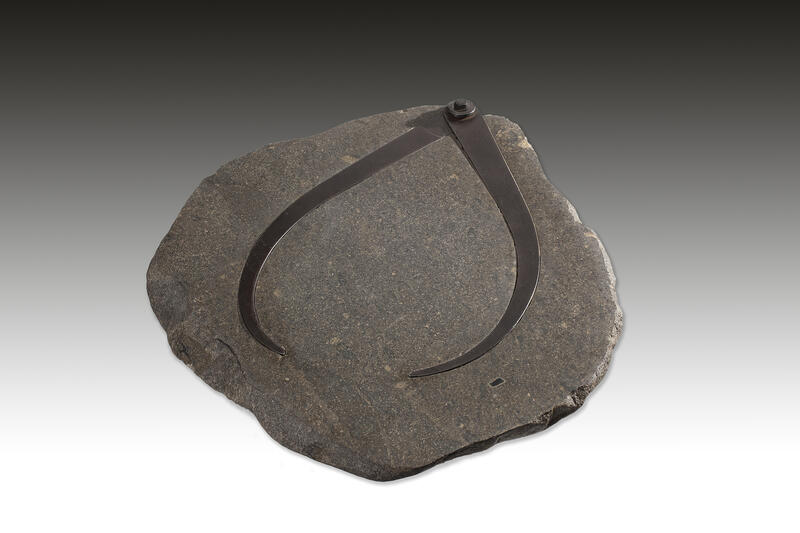Jorge Gamarra Retrospectiva: materia/forma/símbolo
The exhibition is moving due to the patient and painstaking treatment of wood, granite, and acrylic, due to the result of that work—pieces with striking presence and meaning— and due to fifty-one years of coherent production in sculpture that addresses the questions of material, form, and symbol.

The group of works in the retrospective of Argentine sculptor Jorge Gamarra (Buenos Aires, 1939) currently on exhibit at the Fundación Osde’s Espacio de Arte is moving due to the patient and painstaking treatment of wood, granite, and acrylic, due to the result of that work—pieces with striking presence and meaning— and due to fifty-one years of coherent production in sculpture that addresses the questions of material, form, and symbol. Indeed, those three words are part of the title of a retrospective—his third—that brings together some ninety-three works. “Heir to geometric art’s series tradition and admirer of industrial forms, Gamarra works through an idea by experimenting with it in subtle variants and different materials,” writes María José Herrera, the show’s curator, who grouped the works into four non-chronological clusters. In “Acciones sobre la materia” [Actions on Matter], we find arched granite cylinders, large folded stone surfaces, compressed wood blocks—materials that become soft before our eyes. Another cluster contains fossils that the artist creates himself from often monumentalized objects like chisels, axes, saws, and compasses in a fiction that emphasizes and pays homage to his tools as sculptor. The monumental figures prominently as well in the set of circular works suggestive of sun circles, bands, and other symbolic images tied to ancient religious representations and architectural forms. In another cluster, the line in stone or wood—rising and waving sensually—is the theme. As the artist himself points out, all the works engage “simple or organic forms or forms akin to primitive human creations” to which formal synthesis is central. Thus, an array of devices—enlargement of the gesture, reference to remote times, conversion of contemporary objects into fossils, and others—place emphasis on matter, which he makes combine the hard and the soft, the bright and the opaque, the small and the monumental, the ordinary and the transcendent. Thus, in the artist’s own words, he is able to “make the material say that which it is barred them”—a challenge that can only be met thanks to his great talent, hard work, and artistic sensibility.




